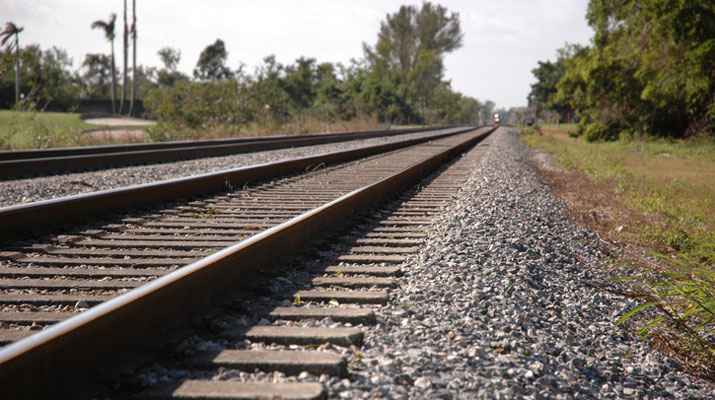Rail industry to implement new safety measures
The Association of American Railroads (AAR) released a new set of safety measures for the freight rail industry.
“Healthy railroads are essential to the U.S. economy, and consistently and reliably safe operations are essential to healthy railroads,” says Ian Jefferies, president and CEO of AAR. “Our long history of voluntarily employing safety measures that go above and beyond federal requirements proves our belief in that principle.”
The accident rate for hazardous material transportation is down 78 percent since 2000, according to AAR. Mainline accidents are down 44 percent in that same period and reached an all-time low in 2022.
The list of safety measures include:
Detectors – spacing: The industry recognized the risk posed by hot bearings and installed thousands of hot bearing detectors (HBDs) across the railroad network. The railroads have also installed acoustic bearing detectors, which can ascertain potential problems from the noise created by bearings that are starting to fail. For more than three decades, the Class I railroads have spaced HBDs no more than 40 miles apart on key routes. In recent years, all the Class I railroads have reduced their HBD spacing below the 40-mile criterion. All Class I railroads have now agreed to go further and are installing additional HBDs across key routes, with the goal of achieving average spacing of 15 miles, except if the route is equipped with acoustic bearing detection capability or other similar technology. This will amount to the deployment of approximately 1,000 new HBDs.
Detectors – new action threshold: The Class I railroads commit to stopping trains and inspecting bearings whenever the temperature reading from an HBD exceeds 170 degrees above ambient temperature. This action establishes a new industry standard for stopping trains and inspecting bearings, AAR says.
Detectors – shared trending analysis: Analysis of trending data from multiple HBDs can reveal a bearing problem before an absolute temperature threshold is reached. While HBDs have been in use, AAR says, software and data processing recently has led to the ability to identify bearings that have not yet exceeded absolute temperature thresholds but, based on HBD trending data, may become problematic and should be addressed. Each Class I railroad now uses trending analysis, but there are a variety of approaches employed to accomplish this goal. The Class I railroads are reviewing the trending analyses programs and have targeted March 31 to arrive at recommendations regarding the use of trending analyses.
Confidential close call reporting system: As outlined in a recent letter to the U.S. Department of Transportation, all seven Class I railroads are joining the Federal Railroad Administration’s voluntary program to supplement their own programs for confidential reporting of safety issues.
Training: In 2023, the railroads will train roughly 20,000 first responders in local communities across the country on accident mitigation, AAR says. In addition, the industry will facilitate the training of 2,000 first responders at the Security and Emergency Response Training Center facility in Colorado.
AskRail: The industry is expanding its efforts to get the AskRail app, which provides real-time information about the contents of every car in a train and the safe handling of those contents in the event of an accident, into the hands of every first responder. This would be accomplished by directly targeting emergency communication centers to promote broader access versus relying solely on individual downloads. Railroads are also targeting all 50 state fire associations.
Tank car improvement: Following a safety advisory from the National Transportation Safety Board raising the “potential for certain manway assemblies with aluminum protective housing covers to melt when exposed to extreme heat as experienced in a pool fire situation,” the AAR’s Tank Car Committee is accelerating the work of a dedicated task force that has been investigating the use of heat-resistant gaskets for tanks transporting flammable liquid. The task force, composed of railroads, equipment owners and tank car manufacturers, will expand its scope to consider all fire performance improvements to service equipment.
Other LP Gas coverage of the rail industry
February 2023: Midwest propane prices, rail shipments
Congress intervenes to keep rail workers on the job
















